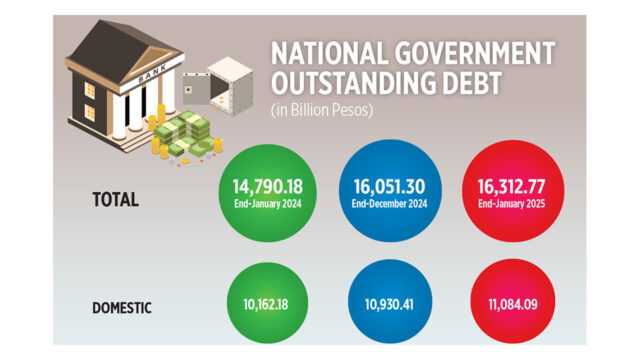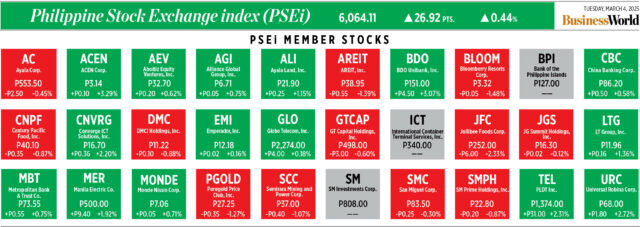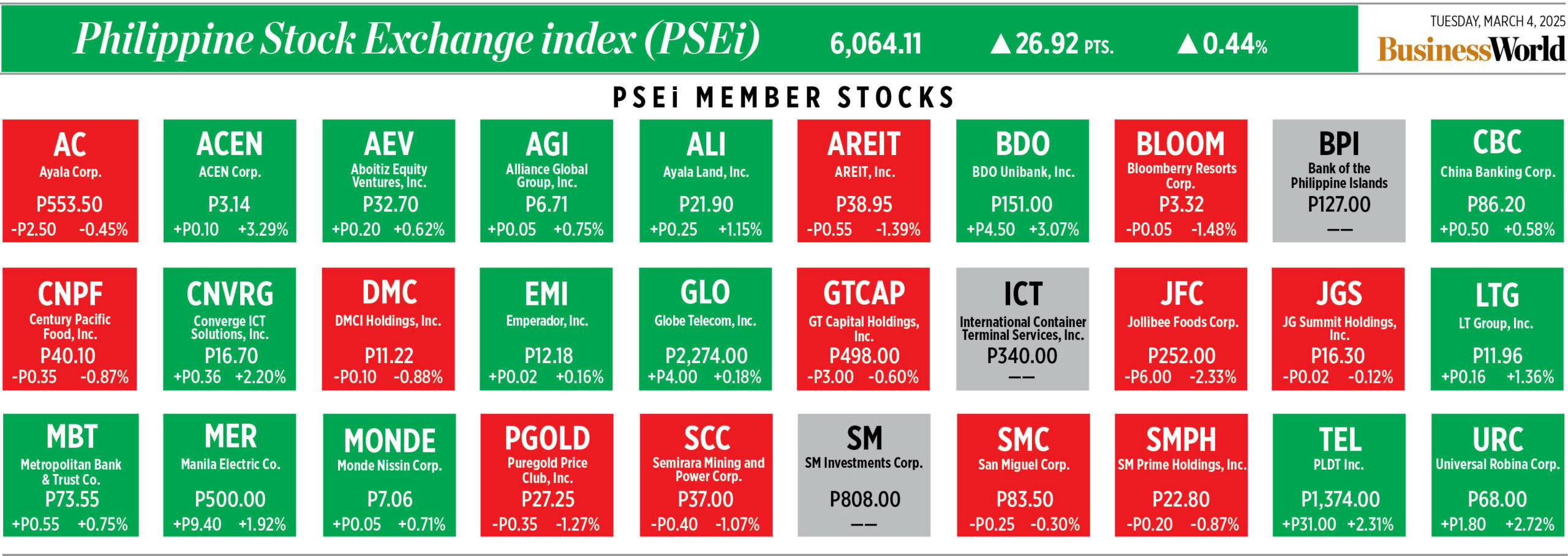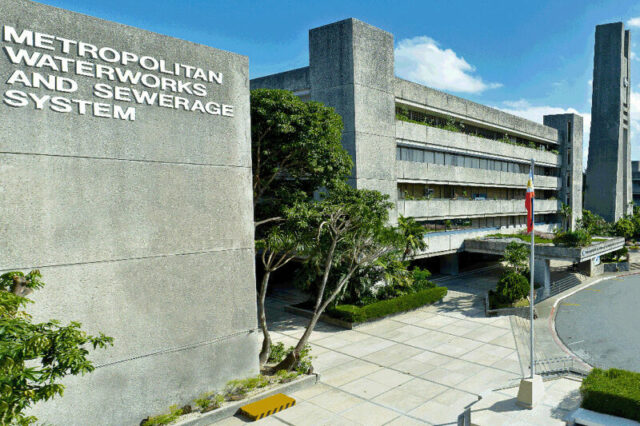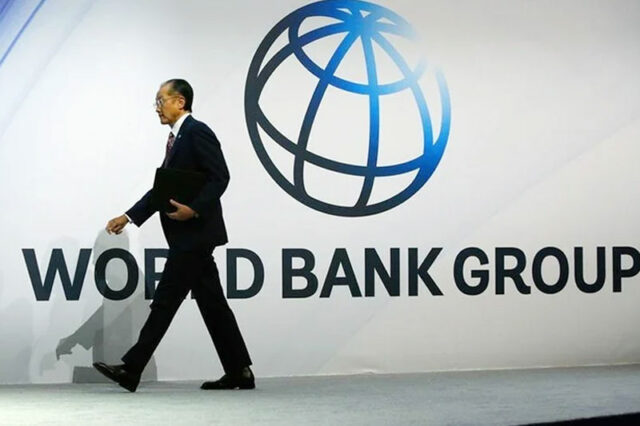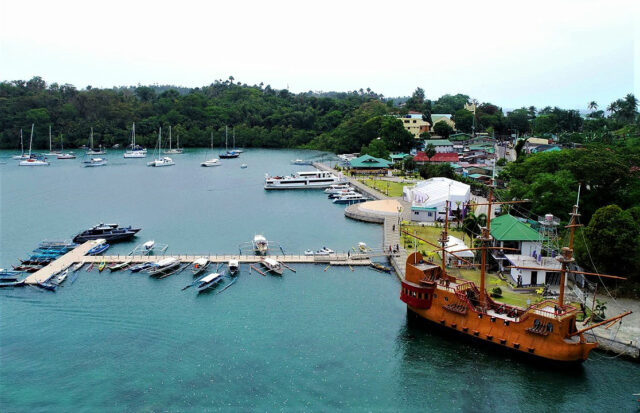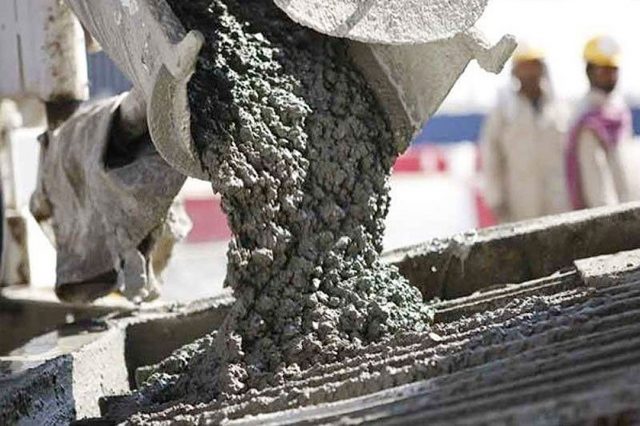Rika Woo juggles life as Cantonese opera and J-Pop artiste
HONG KONG — Appealing to a younger audience, Rika Woo dons a white J-pop-style sleeveless top and a long white skirt embroidered with lace as she performs Japanese songs for an energetic group of fans in Hong Kong.
On a starkly different stage, Ms. Woo paints her face with bright theatrical make-up, wears striking, colorful costumes embroidered with purple flowers and headdresses adorned with pearls and lace veils, to perform Cantonese opera.
The 31-year-old local entertainer is rare in Hong Kong for trying to appeal to audiences — old and young — as a cross-cultural artiste in both the centuries-old art form of Cantonese opera and the modern music phenomenon of J-pop, in which she performs with her all-girl group Otome Syndream.
“I want to be the bridge between both cultures” said Ms. Woo. “I hope people can appreciate the beauty of tradition and be open to pop culture.”
Both are struggling to draw crowds in Hong Kong amid an economic downturn and competition from overseas events. Although there are up to 1,000 Cantonese opera performances in Hong Kong each year, the art form has been on a steady decline since its golden era in the 1950s and 1960s.
The city’s iconic Cantonese opera house, Sunbeam Theater — open since 1972 — closes in March. For artistes, the cost of performing is high because the elaborate costumes can set them back several thousand dollars, so often outfits are borrowed.
Waiting at the exit of Sunbeam Theater, dozens of Ms. Woo’s fans flocked to take pictures with her during a performance interval.
“Although they might not fall in love with Cantonese opera because of my performance, at least they are not resistant to it now,” Ms. Woo said, referring to signs of interest from younger people.
While Cantonese opera has deep roots in Chinese culture, the underground J-pop scene only emerged in the city in 2015.
For opera, Ms. Woo was influenced by her grandfather who worked on lighting for Cantonese operas. She now also teaches Cantonese opera in schools.
In 2015, she studied Cantonese opera at the Hong Kong Academy for Performing Arts and joined a competition organized by a J-pop entertainment company in 2015.
“It was the stage that gave me this confidence and also made me look forward to the future,” Ms. Woo said.
She was asked to join the city’s first J-pop group in 2015, although it broke up after five years.
Ms. Woo and three others — whose stage names are Ai, Rinka, and Maho — established their underground J-pop-style idol group in Hong Kong in 2017 and officially debuted in Japan in 2019.
Their performances were upended by the COVID-19 pandemic in 2020, when they swapped live shows for online streaming.
Ms. Woo and her group finally grabbed the public eye in 2021 after performing at two local music festivals — Tone Music Festival and Unison Fest.
“It’s the first time we were invited to ‘above-ground’ events. Surprisingly, Hong Kongers started to accept this underground Japanese idol culture,” Ms. Woo said.
This year marks the 10th anniversary of Ms. Woo becoming a J-pop entertainer.
“I had many difficult times and there were times that I wanted to give up,” she told fans at an anniversary event.
But she has the support of her mother, Emma Cheung, 64, who said her daughter’s ambitions reflected generational change.
“Time has changed. People now don’t want to date, to get married, or to buy a flat,” she said. “Our generation is more traditional, but I won’t give any pressure to her, as long as she is happy.”
Ms. Woo is chasing her dream.
“There’s no age limit in chasing a dream. Today is always the youngest day of our life,” she said. — Reuters


